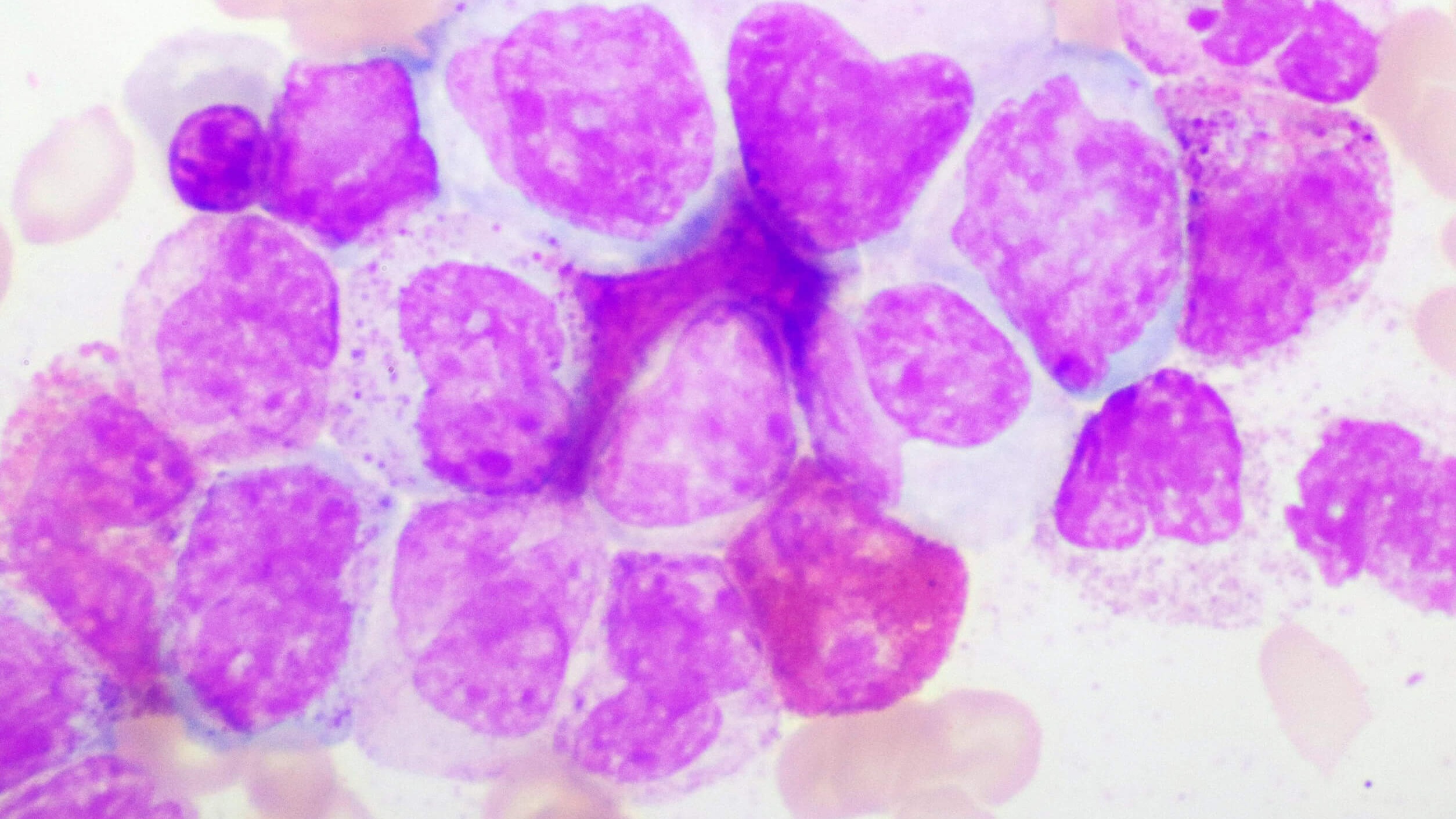
Understanding Orforglipron: A Game-Changer for Type 2 Diabetes
Recent findings from a pivotal clinical trial have unveiled a promising new medication for managing early-stage type 2 diabetes. Orforglipron, an investigational non-peptide small-molecule GLP-1 agonist, has demonstrated its ability to significantly lower hemoglobin A1c (A1c) levels and facilitate weight loss in adults diagnosed with early-onset type 2 diabetes. Conducted by Eli Lilly, the phase 3 study, known as ACHIEVE-1, has garnered attention for its potential to reshape diabetes treatment strategies.
Clinical Trial Insights: ACHIEVE-1’s Impact
ACHIEVE-1 has involved over 559 participants, primarily those with a diabetes duration of 4 to 5.1 years and A1c readings ranging between 7.0% and 9.5%. The results revealed that participants saw their A1c levels drop to the range of 6.5% over a 40-week period, a significant drop that indicates better diabetes management.
What sets orforglipron apart from existing treatments is its unique dosage form. Unlike traditional GLP-1 agonists such as semaglutide, patients do not need to adhere to strict meal times or fasting. This ease of consumption adds to its appeal, as it could encourage more patients to seek treatment, thus managing their diabetes proactively.
Potential for Broader Acceptance
Dr. Julio Rosenstock, a senior scientific advisor at Velocity Clinical Research, believes that the advent of medications like orforglipron could herald a new era in diabetes care. He stated that these small-molecule, oral medications are simpler to produce and potentially less expensive, making them more accessible to patients. Access to affordable medication is crucial as it allows more individuals to manage their health effectively.
Considering the Patient’s Perspective
While the prospects of orforglipron are promising, it is essential to consider the concerns raised by professionals such as Dr. Amy E. Rothberg from the University of Michigan. Given that most oral medications are metabolized by the liver, Dr. Rothberg warns that body weight can significantly influence drug efficacy and bioavailability. Therefore, it is critical for manufacturers to study how weight loss affects the pharmacokinetics of orforglipron.
This emphasis on understanding patient-specific factors is vital as it underscores the importance of personalized medicine in diabetes care—treatments that are tailored to individual needs can lead to better health outcomes.
Future Trends in Type 2 Diabetes Management
The emergence of orforglipron is just one example of ongoing research into innovative treatments for diabetes. With two similar compounds currently in phase 3 trials, the landscape of diabetes management is evolving rapidly, creating hope for those battling this chronic condition.
Moreover, as we drive toward inclusive health solutions, these advances could significantly impact public health by reducing the prevalence of type 2 diabetes and its associated complications, which often lead to severe health crises.
Conclusion: A New Hope for Patients
Orforglipron represents clinical advancement that could fundamentally change how early type 2 diabetes is treated. By lowering A1c levels effectively and promoting weight loss, it has the potential to uplift many individuals seeking control over their diabetes. As further studies expand our understanding and ensure its safety, we remain vigilant, hopeful, and ready to embrace such innovative health solutions.
For suburban professionals aged 25-50, staying informed about these advancements is crucial. Engaging with your healthcare provider about new treatment options could be a step towards a healthier, more empowered future. Explore the possibilities that better management of diabetes can unlock for your well-being!
 Add Row
Add Row  Add
Add 




 Add Row
Add Row  Add
Add 

Write A Comment